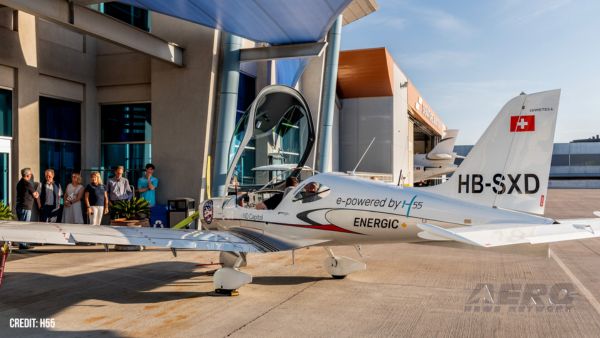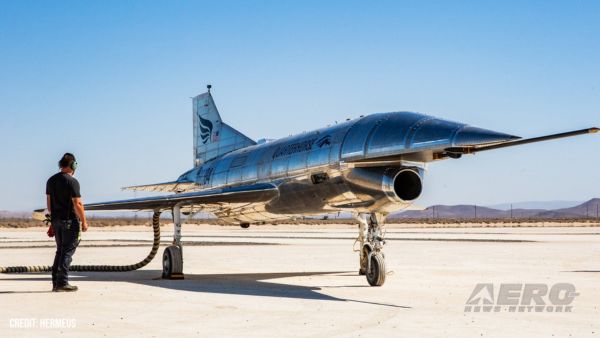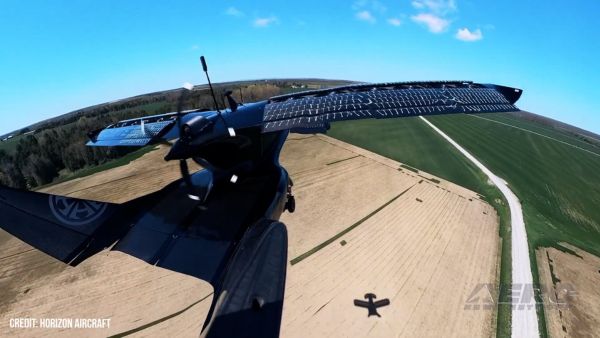Of Promising Aircraft and Unfortunate Appellations
VoltAero, the French aerospace concern founded by former Airbus chief technical officer Didier Esteyne, unveiled the first prototype of its Cassio 330 electric-hybrid Short Take-off and Landing (STOL) aircraft during a press conference at 2023’s Paris Air-Show.
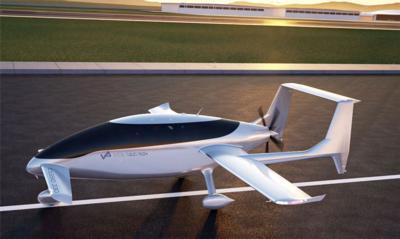
VoltAero CEO and Chief Technical Officer (CTO) Jean Botti stated: “Today marks a true milestone for electric aviation, as VoltAero delivers on its promise to take an all-new approach for quiet, efficient and eco-friendly transportation that is based on a hybrid design combining thermal and electric propulsion for maximum flight safety.”
Mr. Botti added: “I want to thank my VoltAero team for its dedication and tireless work in reaching this historic moment, as well as express my appreciation to our suppliers and partners for their commitment to Cassio.”
The first Cassio 330 prototype, somewhat unimaginatively dubbed no. 1, is slated to undertake its maiden flight in late 2023. The test aircraft will be powered by a four-cylinder Kawasaki reciprocating engine and serve to validate airframe performance, robustness, and aerodynamic efficiency.
Prototype no. 1 will be followed, predictably, by no. 2, which is to make its inaugural flight in 2024’s second quarter. Cassio 330 prototype no. 2—which is to be powered by VoltAero’s full hybrid propulsion scheme—will be evaluated by EASA for type certification.
VoltAero’s hybrid propulsion scheme comprises a 221-horsepower, four-cylinder Kawasaki reciprocating engine and a 241-horsepower Safran ENGINeUSTM smart electric motor. The latter powerplant drives a single, two-meter-diameter, aft-facing, centerline-thrusting pusher-propeller.
The Cassio’s electrical system provides power during taxi, takeoff, primary flight, and landing. The Kawasaki internal-combustion engine recharges the aircraft’s batteries while in-flight and serves as a backup in the event of electrical malfunction.
The Cassio 330 is a single-pilot, four-passenger, Short Take-off and Landing (STOL) aircraft, the numerical designation of which pertains to the machine’s combined hybrid-electric power-rating of—more or less—330-kilowatts.
In all, VoltAero plans to produce three iterations of its Cassio design, each sharing a high degree of modularity and commonality. Certification of the Cassio 330 will be followed by the releases and certifications of the six-seat Cassio 480, with a combined electric-hybrid power output of (you guessed it) 480-kilowatts, and the 10-12-seat, Cassio 660, with a combined electric-hybrid power output of …
VoltAero’s design for the Cassio aircraft family is based on a sleek, aerodynamically-optimized fuselage, a forward canard, and an aft-set wing with twin booms that support a high-set horizontal tail—after the fashion of a radically modernized, Cessna 337 Skymaster.
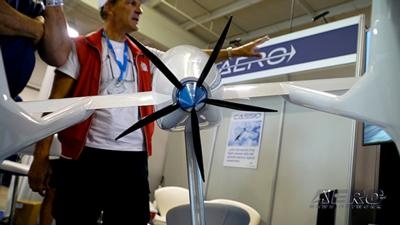
VoltAero has selected AKIRA Technologies to facilitate the integration and validation of Cassio’s hybrid propulsion unit. A fellow-French concern, AKIRA Technologies—which formerly specialized in the design and production of energy conversion systems and test benches—has been tasked with designing and developing the Cassio hybrid propulsion unit’s gearbox, integrating subject gearbox with the extant Kawasaki/Safran architecture, and ground-testing the lot.
The no. 2 Cassio 330 prototype will be kitted out with an Avidyne EFIS suite featuring new-generation Quantum 14-inch 4K displays optimized for single-pilot operation. VoltAero and U.S.-based Avidyne will co-develop means by which to tailor the avionics suite to accurately display the operation-salient parameters of Cassio’s hybrid propulsion unit.
VoltAero seeks to power the internal-combustion aspect of its hybrid propulsion powertrain with Sustainable Aviation Fuels (SAFs)—to include biofuel and hydrogen.
VoltAero will assemble the Cassio aircraft at a purpose-built facility on the Rochefort Charente-Maritime Airport (LRH) in France’s southwestern Nouvelle-Aquitaine region.
 Oshkosh Memories: An Aero-News Stringer Perspective
Oshkosh Memories: An Aero-News Stringer Perspective NTSB Prelim: Piper PA32RT
NTSB Prelim: Piper PA32RT ANN FAQ: Follow Us On Instagram!
ANN FAQ: Follow Us On Instagram! Aero-News: Quote of the Day (05.28.25)
Aero-News: Quote of the Day (05.28.25) ANN's Daily Aero-Term (05.28.25): Pilot Briefing
ANN's Daily Aero-Term (05.28.25): Pilot Briefing


